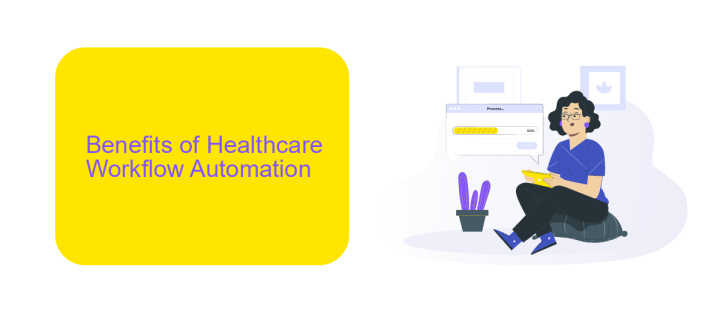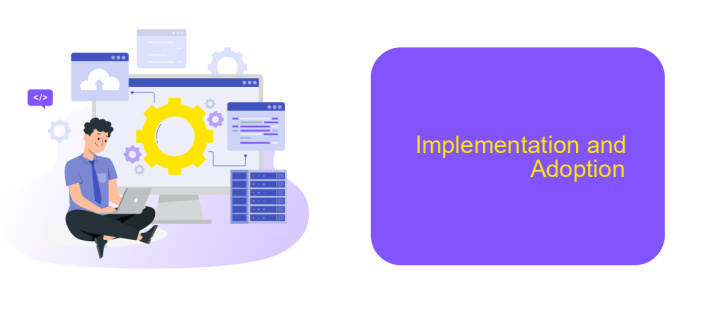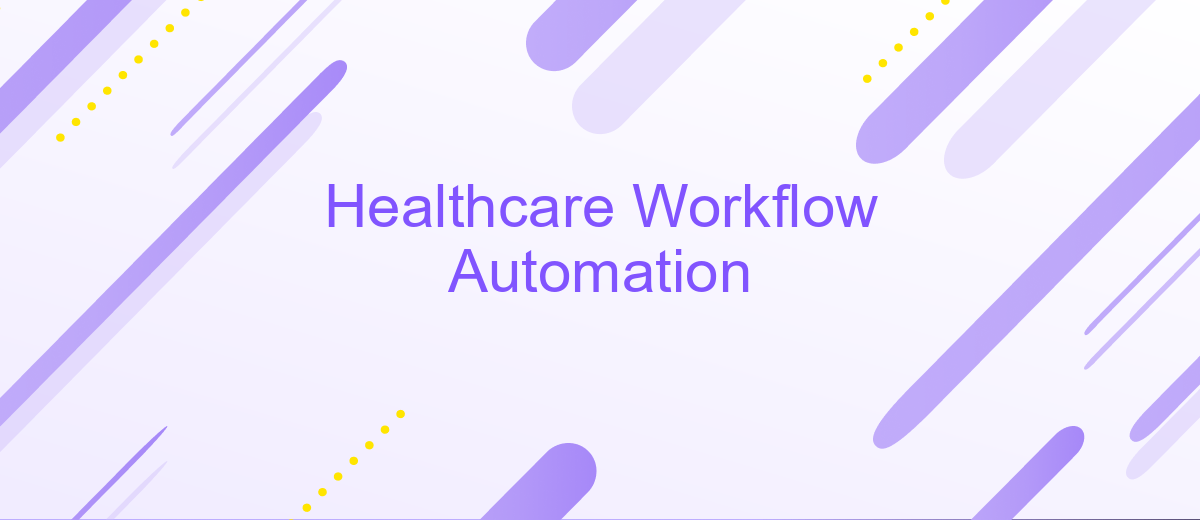Healthcare Workflow Automation
Healthcare workflow automation is revolutionizing the medical field by streamlining administrative tasks, reducing errors, and enhancing patient care. By integrating advanced technologies such as AI and machine learning, healthcare providers can optimize their operations, allowing medical professionals to focus more on patient interactions and less on paperwork. This article explores the benefits, challenges, and future prospects of automating healthcare workflows.
Introduction
Healthcare workflow automation is revolutionizing the medical industry by streamlining processes, reducing human error, and enhancing patient care. By automating repetitive tasks, healthcare providers can focus more on patient interaction and less on administrative burdens. This transformation is crucial in an era where efficiency and accuracy are paramount.
- Improved patient scheduling and appointment management
- Automated billing and claims processing
- Enhanced patient data management and record-keeping
- Seamless integration of healthcare systems and applications
One of the key components in achieving effective healthcare workflow automation is the integration of various systems and applications. Services like ApiX-Drive facilitate this by providing a platform to automate and synchronize data across different healthcare software. This ensures that all systems work harmoniously, leading to improved overall efficiency and patient satisfaction. The adoption of such technologies is not just a trend but a necessity for modern healthcare facilities aiming to deliver superior care.
Benefits of Healthcare Workflow Automation

Healthcare workflow automation significantly enhances operational efficiency by streamlining repetitive tasks, reducing the likelihood of human error, and enabling healthcare professionals to focus more on patient care. By automating processes such as appointment scheduling, patient data management, and billing, healthcare providers can save valuable time and resources, ultimately improving the overall quality of care. Additionally, automation ensures that critical information is accurately and promptly recorded, facilitating better decision-making and enhancing patient outcomes.
Another notable benefit of healthcare workflow automation is the seamless integration of various systems and applications. Services like ApiX-Drive enable healthcare organizations to effortlessly connect disparate software solutions, ensuring smooth data flow and interoperability. This integration capability not only simplifies the management of patient information but also enhances collaboration among healthcare teams. By leveraging tools like ApiX-Drive, healthcare providers can ensure that their systems work harmoniously, reducing administrative burdens and fostering a more cohesive and efficient healthcare environment.
Challenges and Considerations

Implementing healthcare workflow automation presents a myriad of challenges and considerations that must be carefully navigated to ensure success. One major challenge is the integration of various systems and software platforms, which often requires significant technical expertise and resources.
- Data Security and Privacy: Ensuring that patient data is protected and complies with regulations such as HIPAA is paramount.
- System Compatibility: Different healthcare systems may not easily integrate, leading to potential data silos or workflow disruptions.
- User Training: Staff must be adequately trained to use automated systems effectively, which can be time-consuming and costly.
- Initial Investment: The upfront cost of implementing automation solutions can be substantial, requiring careful budget planning.
- Maintenance and Support: Ongoing maintenance and technical support are necessary to ensure the automation systems function smoothly.
To address these challenges, services like ApiX-Drive can be invaluable. ApiX-Drive facilitates seamless integration between various healthcare software platforms, reducing the technical burden and ensuring smoother transitions. By leveraging such tools, healthcare providers can focus more on patient care and less on the intricacies of system integration.
Implementation and Adoption

Implementing healthcare workflow automation involves a series of strategic steps to ensure seamless integration and effective adoption. Initially, it is crucial to conduct a comprehensive assessment of existing workflows to identify bottlenecks and areas for improvement. This assessment helps in tailoring the automation solutions to the specific needs of the healthcare facility.
Once the assessment is complete, the next step is to select appropriate automation tools and platforms. ApiX-Drive, for instance, offers robust integration capabilities that can connect various healthcare systems and applications, streamlining data flow and enhancing operational efficiency. It is essential to choose tools that are user-friendly and compatible with existing systems.
- Conduct workflow assessment
- Select suitable automation tools
- Implement integration solutions like ApiX-Drive
- Train staff on new systems
- Monitor and optimize the automated workflows
Training healthcare staff is a critical component of successful adoption. Providing comprehensive training sessions ensures that all users are comfortable with the new systems, thereby minimizing resistance and maximizing efficiency. Continuous monitoring and optimization of the automated workflows are necessary to adapt to evolving needs and to maintain high performance standards.
Conclusion
Healthcare workflow automation represents a significant advancement in the medical field, streamlining processes, reducing errors, and improving patient outcomes. By integrating automated systems, healthcare providers can focus more on patient care rather than administrative tasks. This shift not only enhances operational efficiency but also ensures that healthcare professionals can devote their time and expertise to what truly matters: the well-being of their patients.
Implementing tools such as ApiX-Drive can further optimize these workflows by seamlessly connecting various healthcare systems and applications. ApiX-Drive facilitates the integration of disparate systems, ensuring that data flows smoothly and accurately between platforms. This reduces the risk of errors and enhances the overall efficiency of healthcare operations. As automation continues to evolve, the healthcare industry must embrace these technologies to stay ahead, ultimately leading to a more effective and patient-centered approach to care.


FAQ
What is healthcare workflow automation?
How can healthcare workflow automation improve patient care?
What are some common areas in healthcare that can benefit from automation?
How do you integrate different healthcare systems for seamless workflow automation?
What are the challenges of implementing healthcare workflow automation?
Time is the most valuable resource in today's business realities. By eliminating the routine from work processes, you will get more opportunities to implement the most daring plans and ideas. Choose – you can continue to waste time, money and nerves on inefficient solutions, or you can use ApiX-Drive, automating work processes and achieving results with minimal investment of money, effort and human resources.

